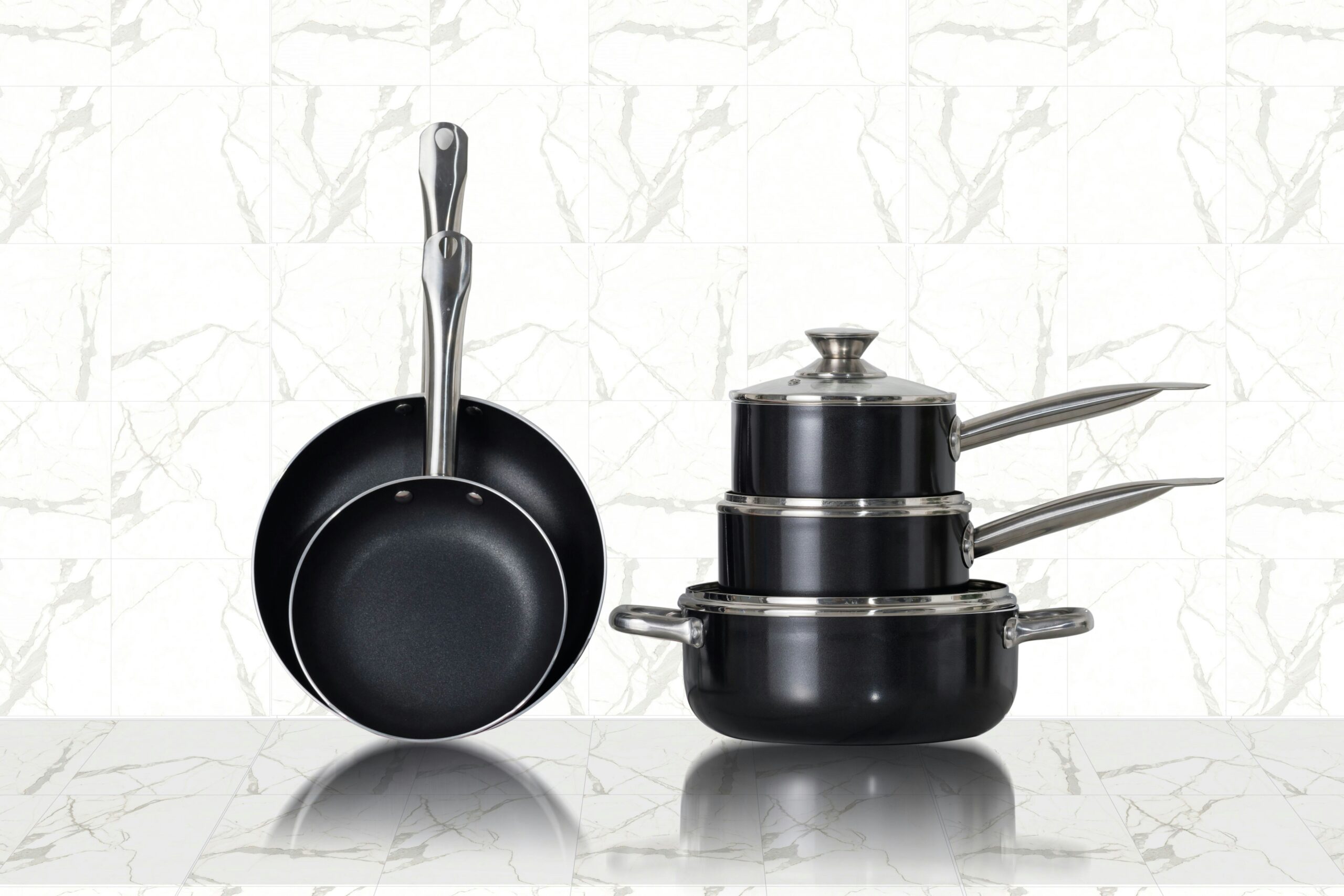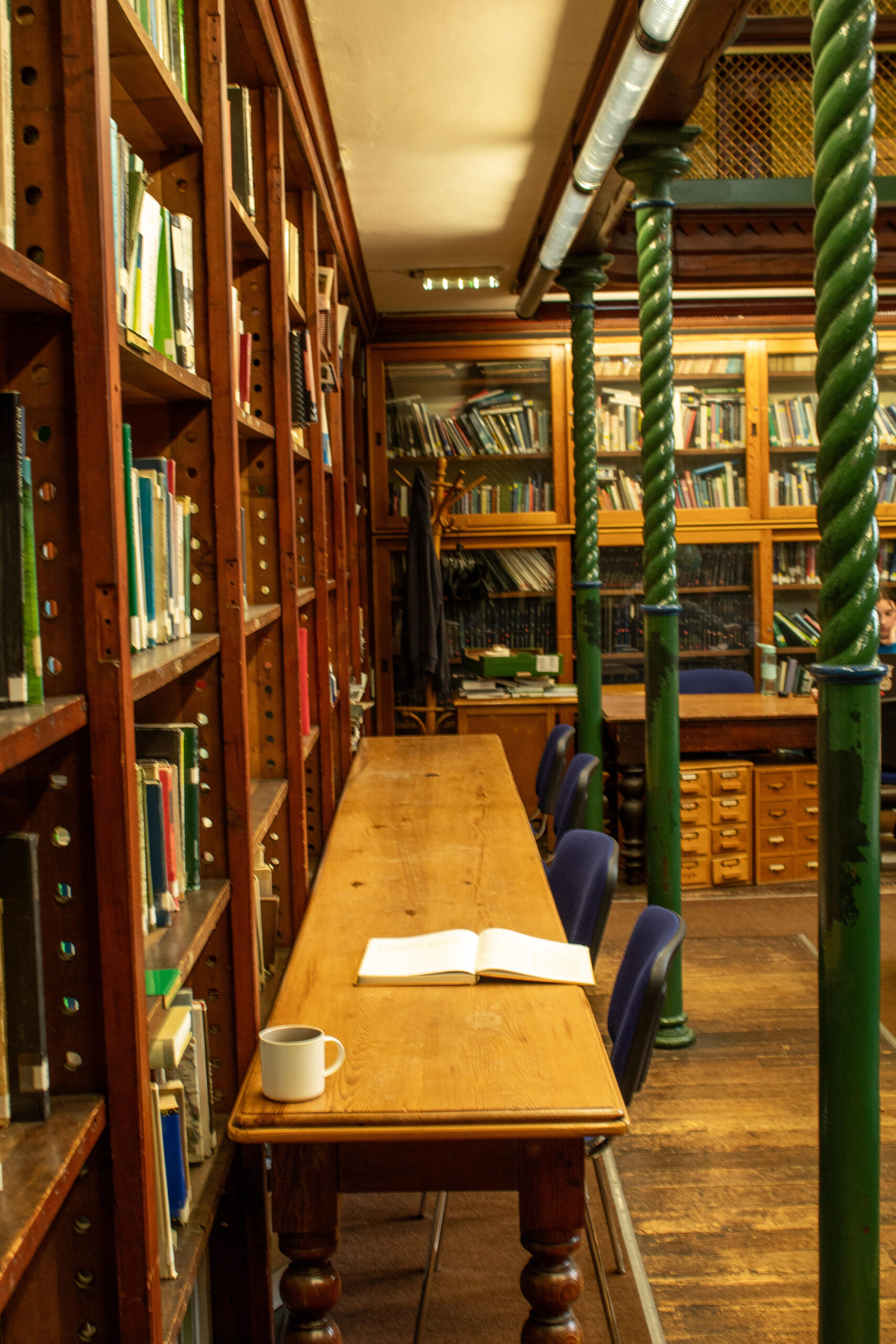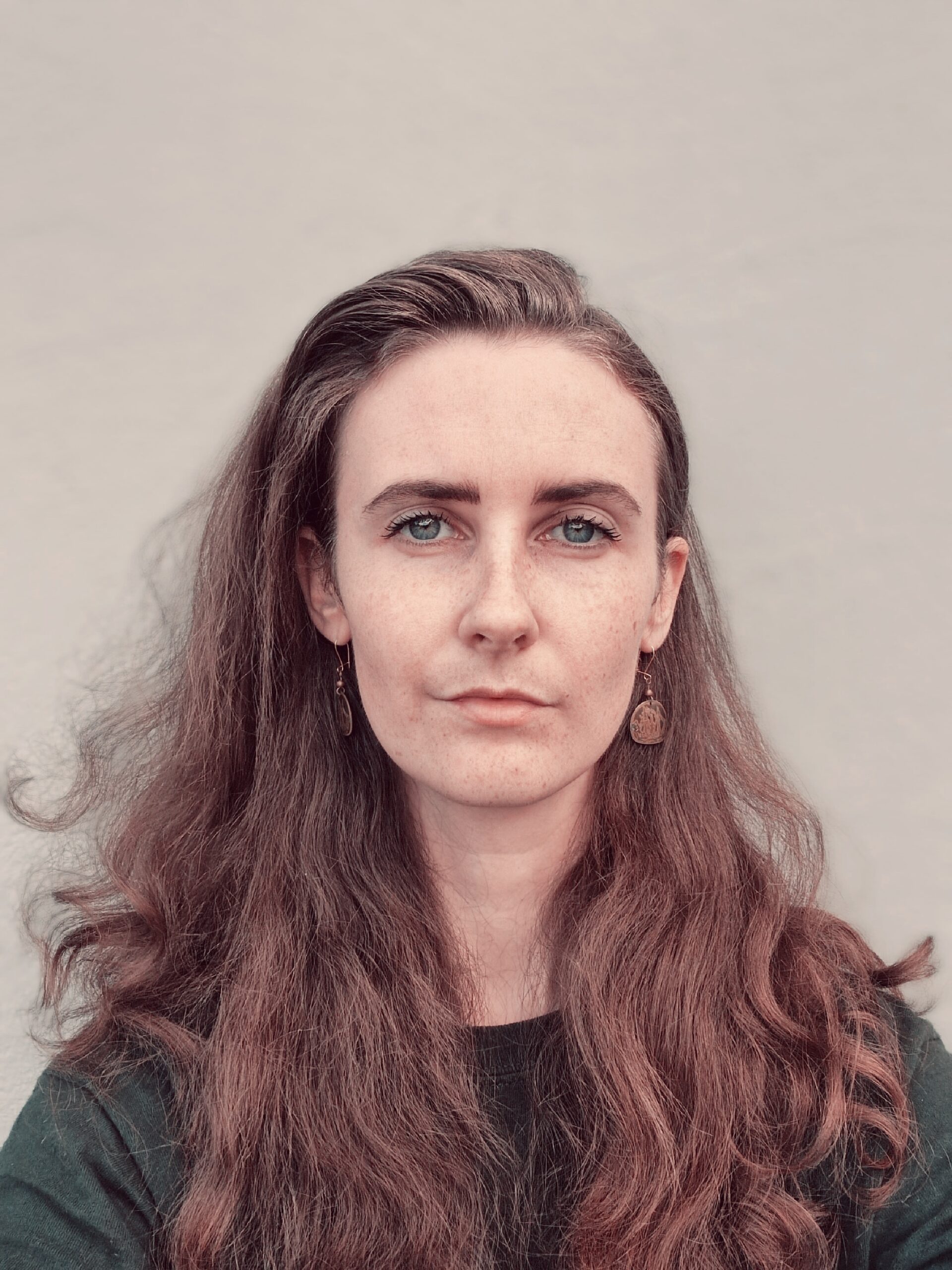Alan Walsh
Staff Writer
Days drifted by as we edged closer to summit day. Although it’s senseless to think about, I wondered who in our group would be the next to go. As we continued our way up to camp three, we encountered other climbers passing by on their way down. Unfortunately many had succumbed to the harsh conditions and were returning from a failed summit attempt. We had also witnessed several people being evacuated by helicopter. But a select few had made it to the top who reassured us with friendly encouragement. “You’ll be fine, but it’s bloody windy up there!” shouted one Australian climber who had summited. I really did envy and admire these climbers, and hoped that in a few days I’d be in their position. Our group still remained at 8 and I was now only having slight problems with altitude. Small headaches and shortness of breath were a welcome break from how I felt a week previous.
 At camp 2 (5400m) on the day before our summit attempt, the mountain began to seriously highlight its windy reputation. Everyone was confined to tents as the strong wind tested their durability. I tried as much as I could to simply read a book, ignoring the walls and roof of the tent being bent and pushed in every direction. The weather delayed us several hours and eventually we set off for camp three after dismantling the tents. After a 5 hour climb with improved weather, we reached camp three and were able to avail of its spectacular views. It was here where we would eat and sleep as much as we could, then be woken at 3am the next morning for a final 15 hour push.
At camp 2 (5400m) on the day before our summit attempt, the mountain began to seriously highlight its windy reputation. Everyone was confined to tents as the strong wind tested their durability. I tried as much as I could to simply read a book, ignoring the walls and roof of the tent being bent and pushed in every direction. The weather delayed us several hours and eventually we set off for camp three after dismantling the tents. After a 5 hour climb with improved weather, we reached camp three and were able to avail of its spectacular views. It was here where we would eat and sleep as much as we could, then be woken at 3am the next morning for a final 15 hour push.
The next day started the same way the last one had – shit. The 3am wind was blasting against our tent and it was nearly impossible to hear the shouts of our guides. I was trying to stay positive and kept thinking it would clear up a little like it did the day before. But regardless, I knew this was going to be the longest day of my life, 15 hours out on the coldest and highest part of this mountain. We set off at 5am in the dark with headlamps, the wind still present to drown out any shred of animate sound. It was at this point did our group experience further losses. Our Welshman and two Danes had not left camp due to illness and they would not go on to summit. So in our group only 5 now remained and we were also accompanied by a different group who at that point consisted of about 8 people.
After 3 hours the sun was well risen and we took a break sheltered from the wind. It was here where about half the people who had set off decided to return to camp three. Most were complaining of freezing toes and went down upon advice from our guide. I also could not feel my toes but decided to remain silent about it. Five weeks later, this is a decision I am still feeling the effects of, as I sit writing this article with numb toes and black nails. At the time I knew we still had at least 10 hours left out on the mountain. A horrible story told by one of our guides continued to echo through my mind. The previous year a Norwegian climber had set off on summit day without his hand mittens. Not only was he forced to abandon his summit attempt, he returned to Norway with just 3 fingers, the rest lost to frostbite.
Although I of course did not want to share the same fate as this poor man, I really had a flawed way of thinking at the time. It is possible for a phenomenon known as “summit fever” to exist on the mountain. This is when a climber is entirely and only focused on getting to the summit, even if this means disregarding safety and rejecting common sense. When you spend so long training, travelling and climbing just to be where you are, it really is so difficult and demoralising to actually turn around and not even resolve all the hard work you’ve done. I actually remember thinking that losing just a few toes would be worth getting to the top. “Sure losing a toe isn’t as bad as losing a finger, and my fingers are fine” I thought to myself as a way to idiotically justify not going back down.
We were now just left with about 8 climbers, 4 of which from our group. For the next two hours or so we would have to cross the traverse, the most exposed and windiest part of the mountain. Our guide ordered us to cover every part of our body or risk possible frostbite within minutes. Stepping out onto this part of the mountain, we were blasted with a wind that was as loud and uncomfortable as sticking your head out of the car window on a motorway. We had to tilt our heads away from it just to be able to breathe as we slowly side-stepped our way up to a part of the mountain known as the cave. It was here where we lost further members. Our two Swedes and my dad had now decided to turn back, meaning I was now the last remaining member of our group of 10. Being a 50 year old aul fella I don’t hold it against my old man. He had said before this climb that getting to the top was optional, but coming back safe was mandatory. It seemed we had different ways of thinking however as I continued on with one guide and 4 other climbers from the different group, ignoring my toes and now just focusing on trying to make sure my fingers didn’t end up in a similar state.
 We had three more hours until we would reach the top. The final part of the climb was relatively sheltered from the wind. Off in the distance we could see two climbers just minutes from the summit which also was a boost of confidence. However exhaustion among the other climbers was creeping in and the group pace began to deteriorate. Despite this, at that stage there was zero chance of me turning back and I was confident that we could do it. I just concentrated on each step in front of me, trying to stop myself from looking up to see how long was left.
We had three more hours until we would reach the top. The final part of the climb was relatively sheltered from the wind. Off in the distance we could see two climbers just minutes from the summit which also was a boost of confidence. However exhaustion among the other climbers was creeping in and the group pace began to deteriorate. Despite this, at that stage there was zero chance of me turning back and I was confident that we could do it. I just concentrated on each step in front of me, trying to stop myself from looking up to see how long was left.
The summit began to edge closer. Hours passed involving gruelling short climbs followed by huddled breaks. Excitement began to surge upwards as we were now within touching distance of what we had all come for. After a 10 hour climb we found ourselves just seconds away from the summit. Our guide stepped to one side to allow me and another Indian climber to complete the last segment of the climb, as the others followed behind us. The pain of my toes was entirely cancelled out by the sheer satisfaction received from the summit. I ran up the last few metres and was greeted by the spectacular view I had spent the last two and a half weeks striving for. Everything I had put up with for the last few weeks was now worth, and my sacrificed Christmas was gratified.
Smiles and hugs broke out as the other climbers reached the top. “Jesus Christ that’s the hardest fucking thing I’ve ever done, I’m done with climbing” said one American climber, Steve who had been lagging behind, but to his full credit was the oldest on the summit at the age of 51. Steve was utterly exhausted, and along with another climber had to be roped to the guide on the way down in case they fell. To be honest I respected the exhausted climbers even more due to the mental strength they showed to push themselves to the top.
We ended up staying on the summit for about 30 minutes. My camera was frozen solid but fortunately the Indian climber, Som had a more suitable camera and was able to bring back evidence of a successful summit. The view from the mountain was something special. I had been told that it was possible to see the Pacific Ocean from the summit, but my satisfaction distracted me and I completely forgot to even check. I was just smiling at each mountain around us, knowing that we were higher than every bit of land we could see.
It was then a 5 hour descent back to camp three. The wind began to pick up further and unfortunately the group was delayed by its exhausted members. Our guide told me to lead the way as he supervised over the two roped up climbers. Maybe I had youth on my side, but I really don’t know how I managed to hold up so well. While others were struggling to stand up or even talk coherently, all I was worried about were my toes. Fortunately the high received from the summit was still managing to ease the worry somewhat. The hours moved quickly and as soon as we could see the camp I raced down the mountain. The happy faces of two guides greeted me, along with the worried face of a father. Apparently he had been out staring blanking up at the mountain for the last hours 5 hours. Sorry dad.
I then fell into my tent to assess the damage on my toes. As I peeled away the layers of socks, I became more worried as to what I would witness. I had lost feeling in them for over 12 hours and therefore expected the worst. To my great surprise, and even greater relief, they were only slightly discoloured and although I could not feel them, I knew they’d eventually be fine. It would however go on to be nearly two months before they’d fully recover from numbness and stinging pains, but this was well worth a successful summit.
 A straightforward, two day hike back down followed. I had not realised on summit day, but I must have left my face exposed at times as it had begun to peel away, while my lips turned black. Others had even fared worse, with some genuinely looking like they had heated up a kitchen iron and just left it on their face. At this stage though all I thought about was getting back to running water, internet, Argentine steaks, and beds with pillows. The pain of my swollen feet and Freddy Krueger face were relieved by the promise of a 5 star hotel in Mendoza. Here we spent 4 days doing what I had longed to do for so long: absolutely nothing. Sitting around a pool in a 30 degree heat drinking beer all day was all I had to worry about now, as my face and toes would slowly repair. No more frozen hands and feet, or terrible mountain food, or face-destroying winds, and no more sleeping in freezing tents praying that nature doesn’t call and force you to go outside and bare the horrible nightly conditions.
A straightforward, two day hike back down followed. I had not realised on summit day, but I must have left my face exposed at times as it had begun to peel away, while my lips turned black. Others had even fared worse, with some genuinely looking like they had heated up a kitchen iron and just left it on their face. At this stage though all I thought about was getting back to running water, internet, Argentine steaks, and beds with pillows. The pain of my swollen feet and Freddy Krueger face were relieved by the promise of a 5 star hotel in Mendoza. Here we spent 4 days doing what I had longed to do for so long: absolutely nothing. Sitting around a pool in a 30 degree heat drinking beer all day was all I had to worry about now, as my face and toes would slowly repair. No more frozen hands and feet, or terrible mountain food, or face-destroying winds, and no more sleeping in freezing tents praying that nature doesn’t call and force you to go outside and bare the horrible nightly conditions.
This delight was further escalated by someone reminding me that due to the fact that nobody climbs the Himalayas in winter (the only mountain range higher than this one), it’s likely that at the time, I was the tallest man on earth. The beer certainly tasted sweeter after hearing that one.







